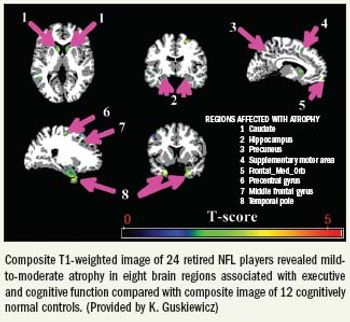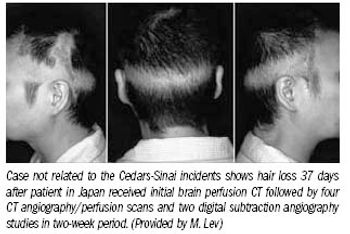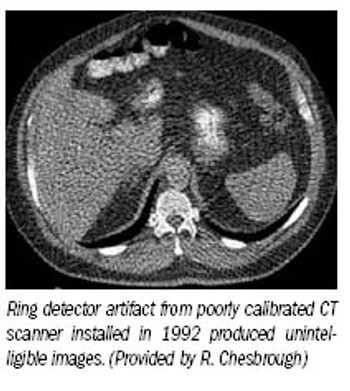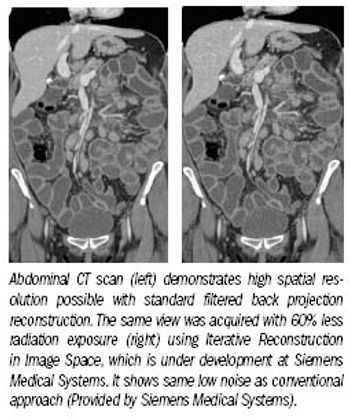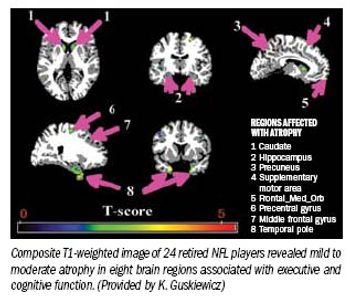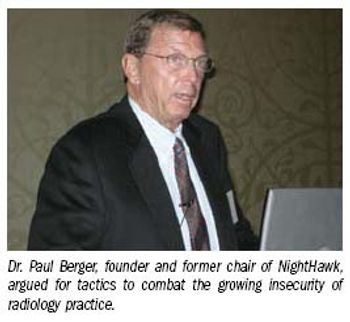
The dramatic growth of Medicare-related medical imaging utilization-which drew the attention of rate-cutting federal policymakers and the wrath of politicians on Capitol Hill in the mid-2000s-has ended, according to a study from Thomas Jefferson University in Philadelphia.

